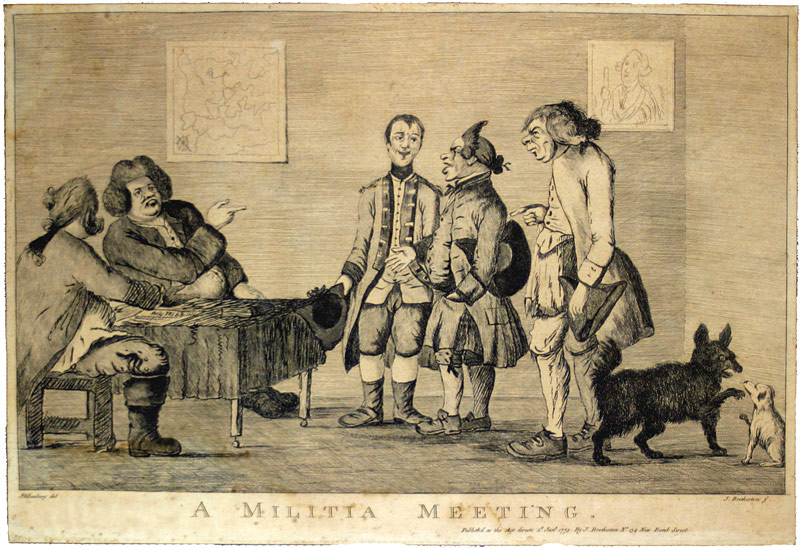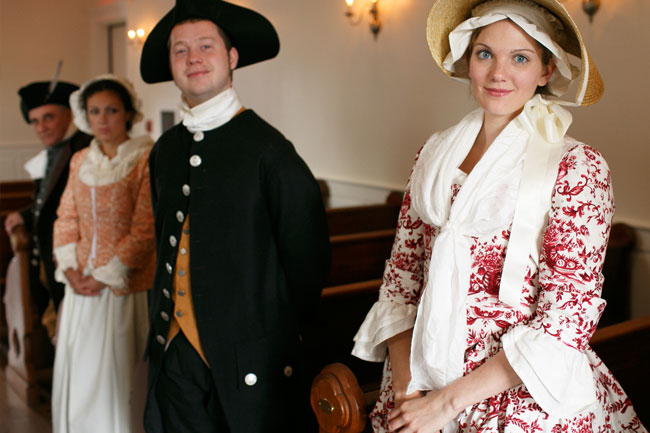The Boston Tea Party was the culmination of a series of events that steadily aroused the ire of colonists who considered themselves British subjects and should have the same rights and privileges as any subjects that lived in England including representation in Parliament. England needed money especially after the French and Indian Wars and considered the colonists just that, colonists. They continually imposed monopolies and taxes on the people of the American colonies and denied them any say in the matters. Bostonians had a decision to make: submit or resist.
Everyone knows the story of the Boston Tea Party, a pivotal point in United States history, the spark that ignited the American Revolution. But, do they know that two of the three ships involved were whale ships out of Nantucket?
The three ships will be featured in the all new museum and interpretive center, the centerpiece of Boston’s newly developed Fort Point Channel.
The new Boston Tea Party Ships and Museum will not only tell the story, but will provide the public with a deeper understanding of the events including detailed information about the ships. Shipwrights have been faithfully reconstructing the whaling brig Beaver, a colonial merchant ship Eleanor and plans are underway to build a brand new replica of the whale ship Dartmouth.
The City designated the museum, established in 1973, as the officially recognized site to commemorate the Boston Tea Party event. Unfortunately, the original museum was destroyed by fire in 2001 after hosting millions of visitors and students seeking to relive American history. The new, greatly expanded facility will feature a multitude of exhibits, video presentations, living history programs, and memorabilia including an actual tea chest from one of the ships to tell the story of the Boston Tea Party and these three ships.
When the new museum opens in June 2012, people of all ages will get a first-hand look at this turbulent period in history and how it impacted the world we live in today. Visitors will relive that historic night, December 16, 1773, in the Boston Harbor when American Colonists took matters into their own hands to oppose British rule. They will experience these events as they really happened on deck and go below to see the dark holds where the tea along with the cargo and the ship’s stores were kept, and where the men slept in the fo’cle. Looking into the vessel’s great cabin, they will see the captain recording his thoughts in his logbook.
At the historic shipyard of the Gloucester Marine Railways, the oldest continuously working shipyard in America, carpentry and rigging work on the Beaver, part of the old museum, and the new Eleanor is underway. The third vessel, the Dartmouth, will be built from the keel up when the other two ships are finished. The three vessels will give the site the full complement of the ships that took part in the Tea Party. Never before have these vessels been given their significant place in our country’s history.




